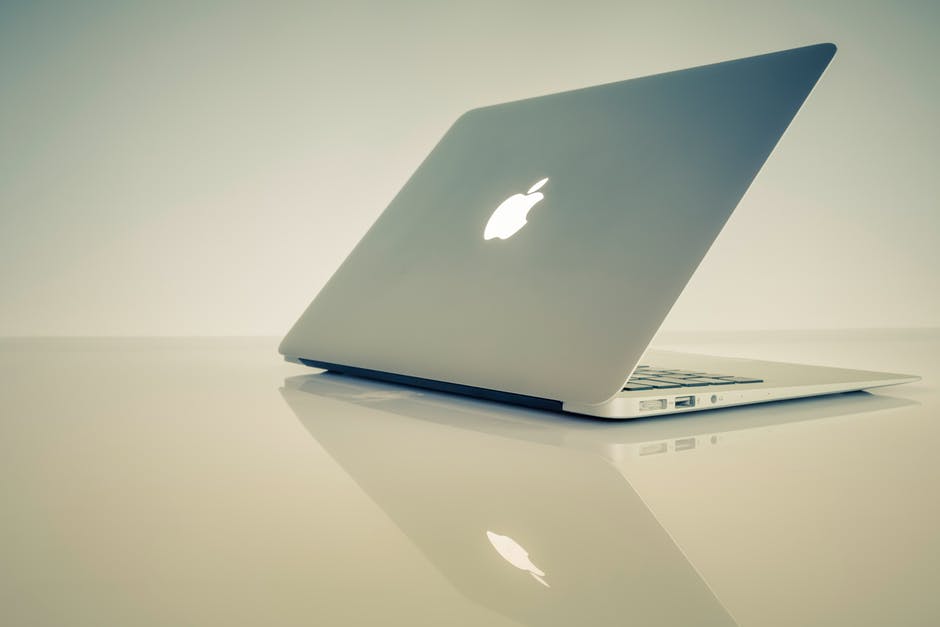Did you know that Macs account for 10% of all personal computers?
Currently, there are six models available including the Mac Mini, Mac Pro, iMac, MacBook Pro, and MacBook Air, all of which have their own features.
Did you recently switch to an Apple device? Looking for some Mac tips and tricks? If so, you’re on the right page. We’ll be going over everything that you need to know below.
Keep reading to learn more about the topic!
1. Looking Up Words in the Dictionary
You can quickly look up words with the built-in dictionary app. Simply highlight the word or phrase that you’d like to learn more about and press Cmd + Ctrl + D. Alternatively, you can tap on the word with three fingers if you’re using a trackpad.
A window will come up with a short definition. To see the full definition, click the “more” link at the end.
If you want, you can also add additional languages to the app. To do this, navigate to “Preferences” and select the language that you’d like to install.
2. Taking Screenshots
Macs don’t have a dedicated “Print Screen” button. However, there are a couple of commands that you can use instead. For example, you can use the shortcut Cmd + Shift + 3 to take a screenshot of the whole screen.
You can also take a screenshot of a specific part of the screen by using the command Cmd + Shift + 4. A small crosshair will appear and you can drag it to select the area that you’d like to capture.
For those having difficulties, you may want to visit https://setapp.com/how-to/screenshot-on-mac-not-working.
3. Running Windows On Your Mac
Believe it or not, it is possible to run Microsoft Windows on a Mac. To do that, open up Boot Camp—it’s a multi-boot utility that lets you switch between operating systems.
Basically, it’ll partition your hard drive so that a portion will be used for Windows.
Upon restarting your computer, it’ll ask for a Windows installation CD. Follow the prompts on the screen and your Mac will eventually boot into Windows. From then now, it’ll tell you to choose between Windows or OS X every time you turn on your machine.
4. Using Activity Monitor
Activity monitor allows you to see how your Mac’s resources are being used at any given time. For example, you can use it to check the CPU usage of a process. You can also click on the tabs at the top (e.g. CPU, Memory, Energy) to see graphs of your usage over time.
And if something is hogging resources, you can end it by highlighting it in the list and clicking “Quit” in the subsequent window.
5. Using Your iPad As a Secondary Display
The Sidecar feature allows you to use your iPad as a secondary Mac display. The only requirement is that you must have macOS Catalina installed on your Mac and the latest iPad OS installed on your iPad.
Start by signing in to iCloud on both devices—make sure to use the same Apple ID.
Click the Airplay icon in the menu bar on your Mac and choose your iPad. The two devices will connect and the Sidecar icon will replace the Airplay icon on the screen.
Finally, click on the new Sidecar icon and choose “Use As Separate Display”—that’ll let you use your iPad as an extended display.
6. Annotating PDFs
With Macs, you can easily annotate PDFs with the Preview app. Once you’ve opened up the file, click on “View” in the menu bar and select “Show Annotations Toolbar.”
That’ll turn on the toolbar, which will let you highlight, annotate, scribble, and draw shapes on the PDF. You can also insert your signature by navigating to “Manage Signatures” under “Annotate.”
It’ll tell you to sign your name on the trackpad, which will then be added to the PDF. Alternatively, you can sign it on a sheet of paper and hold it up to the camera.
7. Finding a Forgotten Password
Your passwords (for both websites and programs) are all stored away within your Mac’s keychain. Don’t worry, they’re encrypted—only you will be able to access them.
To recover a password, open “Keychain Access” using Spotlight. It’ll show you all of the logins that are stored on your computer. You can sort them by name or you can search for the one that you’re looking for using the search bar at the top right-hand corner.
Double click on the login that you’re interested in and it’ll show you the password details once you type in your Mac username and login.
8. Creating Keyboard Shortcuts
One great thing about Macs is that you can make a keyboard shortcut for pretty much anything. To do that, open “System Preferences” from the Apple Menu and select “Keyboard.”
Go into the “Shortcuts” tab and select “App Shortcuts” from the left-side menu. Click on the plus sign and you’ll be able to add a new keyboard shortcut.
Type the exact name of the menu item that you’d like to create a shortcut for (e.g. Export as PDF…) and press the key combination that you’d like to use as the keyboard shortcut and click add.
Mac Tips and Tricks For Beginners
And there you have it—8 mac tips and tricks! As you can see, there are a number of things that you can do with these computers.
For more tech-related posts, check out the rest of our blog!

